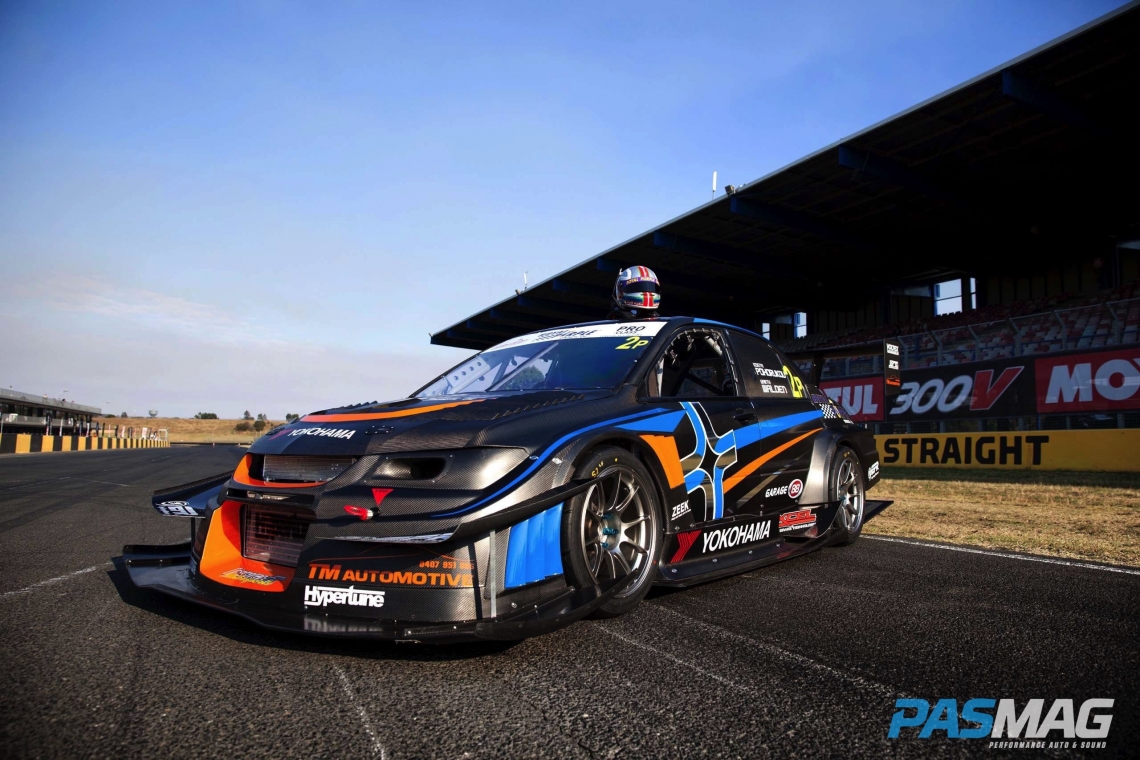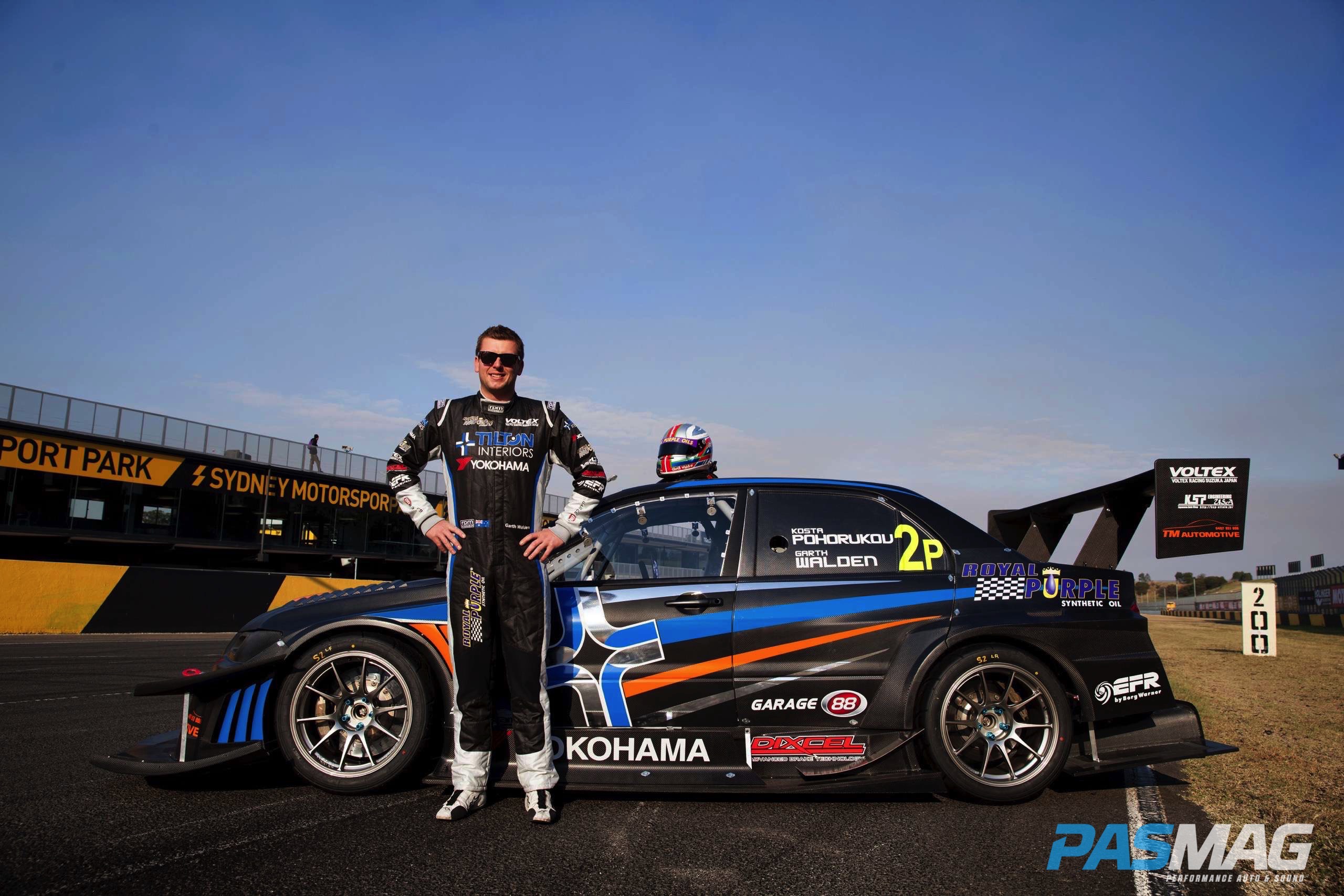Photos by Michael Finger
The sport of Time Attack is evolving as fast as the cars develop. Motorsport governing bodies and event organizers continually review and tweak rules to align competition and safety levels. Teams develop their cars into hair-trigger, high horsepower beasts with advanced aero packages in order to put the power to the ground.
This is yet another unique form of motorsport that originated in Japan. Initially contested by aftermarket tuning and parts companies to showcase their market offerings, the cars are losing weight and gaining state-of-the-art aerodynamic features. It is no longer all about horsepower when it comes to beating the clock; it’s a showcase of engineering technology.
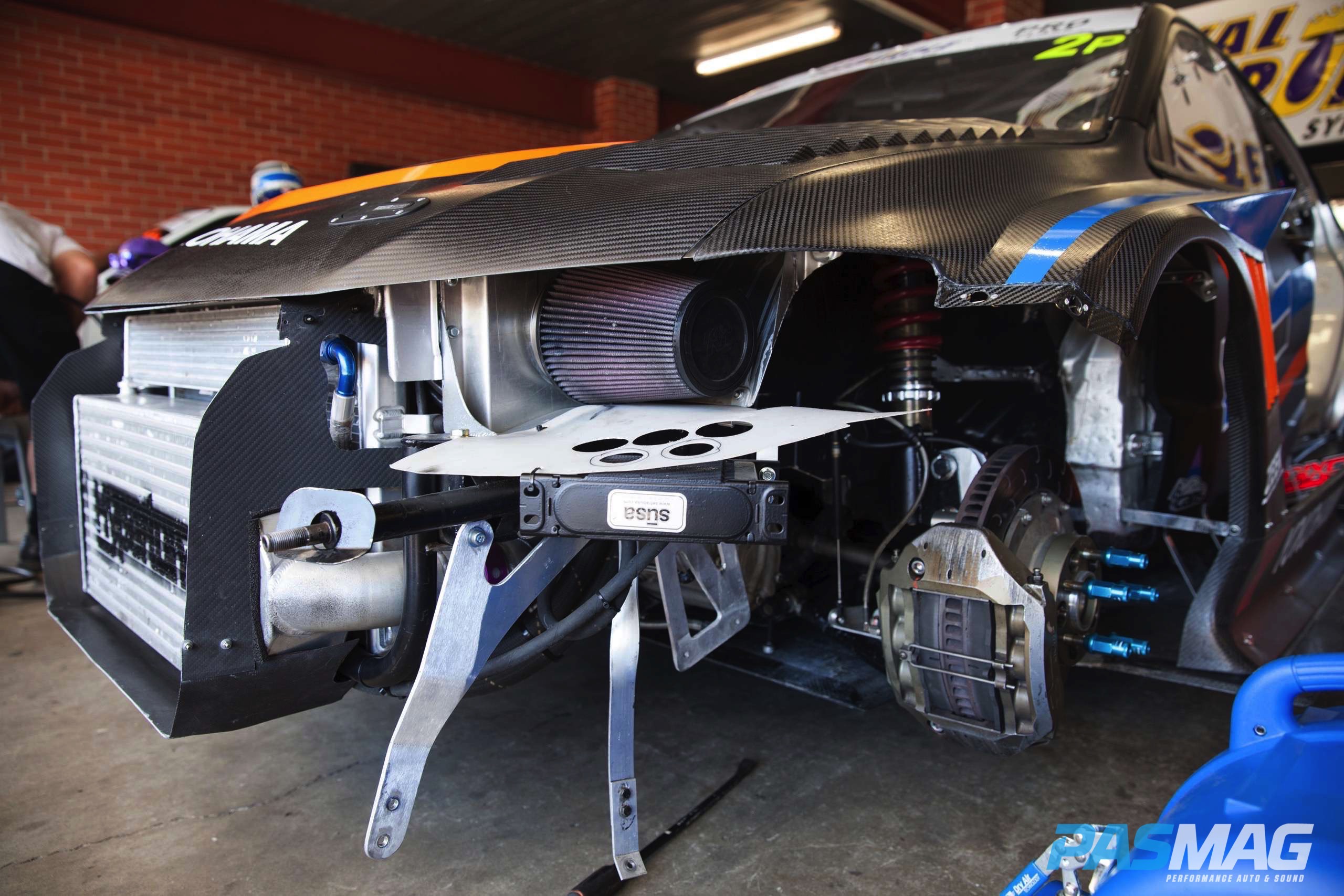 |
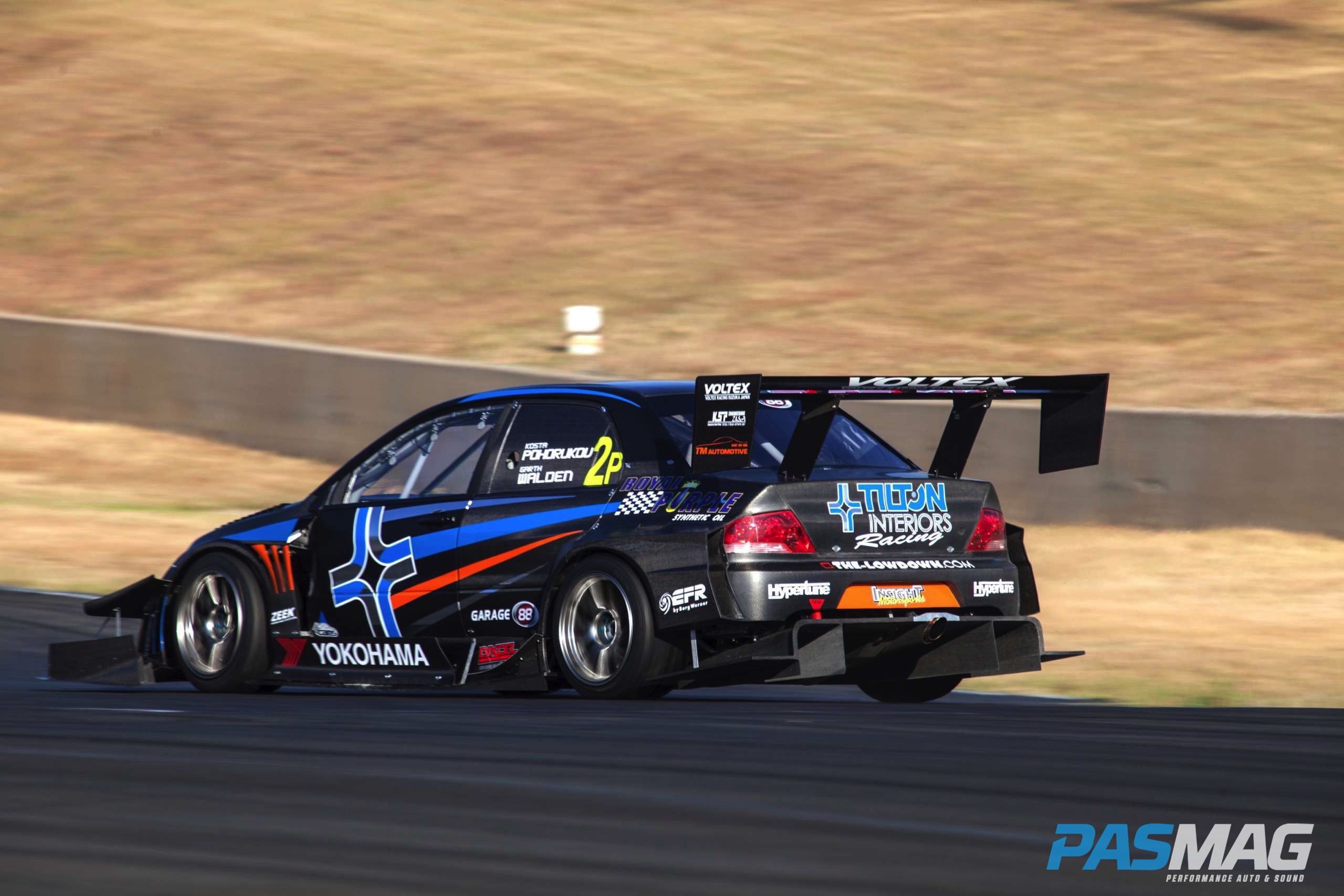 |
The Australian Tilton Interiors Mitsubishi EVO IX has taken on further development in the quest for victory. Not content with second place at the 2012 World Time Attack Challenge and determined for title victory at the 2013 event, the team travelled to the birthplace of the sport: the Tsukuba Circuit in Shimotsuma, Japan. Lessons learned from the trip were applied to further develop the EVO. Apart from track time at Tsukuba, the team spent joined Voltex at Mie University’s wind tunnel in Suzuka to significantly develope the aerodynamic package.
The suspension geometry has been reconfigured to compliment the stability of the new aerodynamics. A reliable and powerful Borg Warner EFR turbo now charges air into the 980-horsepower four-cylinder engine.
With development driver Garth Walden behind the wheel, the EVO posted an outstanding lap time at the 2013 World Time Attack Challenge. On day one of the two-day event, Walden posted a lap time of 1:24.855, which was 2.5 seconds clear of the competition for the entire event. In a form of motorsport where the field is separated by fractions of second, 2.5 seconds is a huge margin. The Tilton Interiors team had the goal of making significant improvement over their second place finish in 2012, and all of their efforts proved to be worth it.
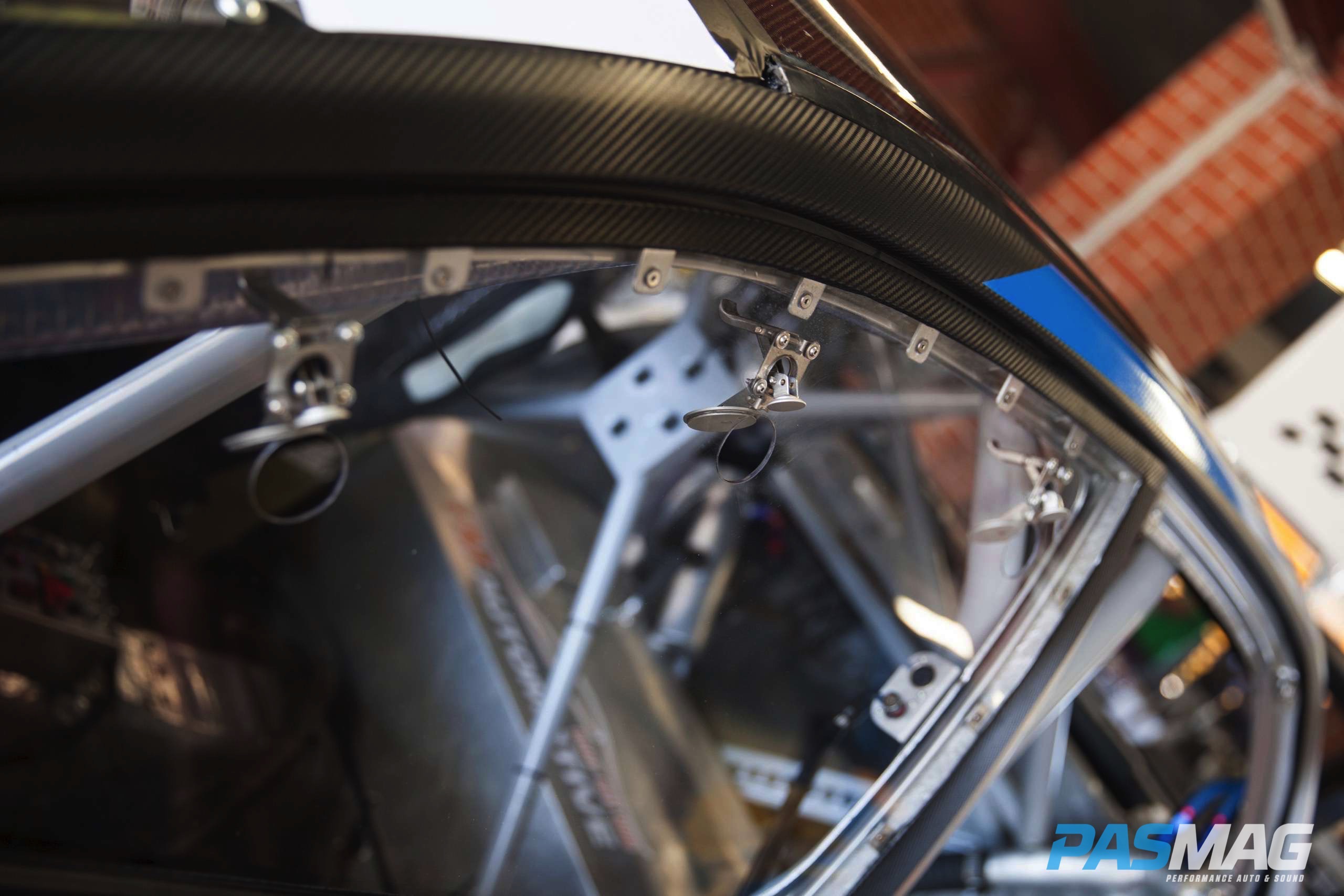 |
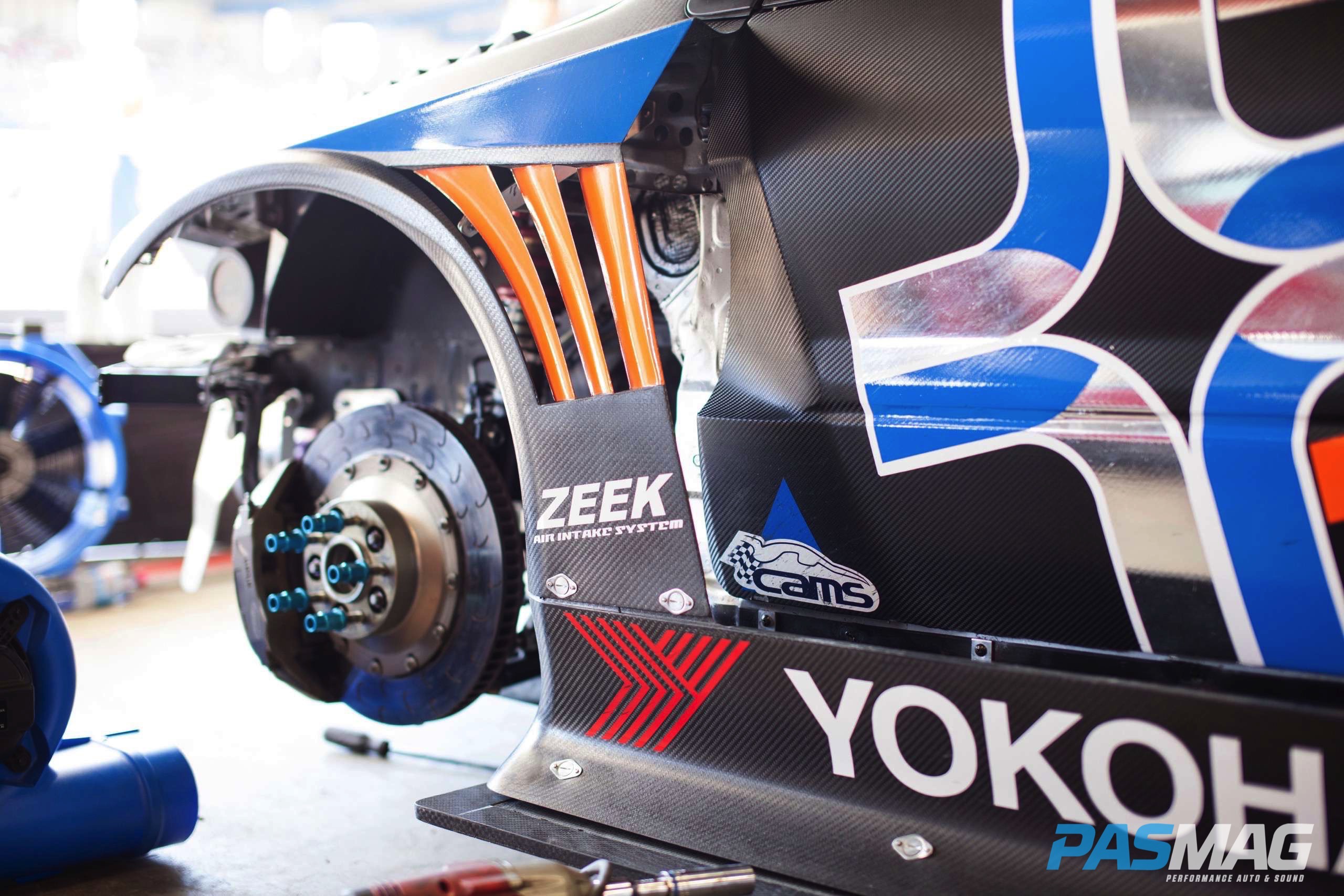 |
Sydney Motorsport Park is the home track for both Walden and the car. In fact, Walden works there as part of the Radical SR3RS Driving Experience offered at the facility. The Tilton EVO is a marvellous piece of machinery with world-class fabrication and development. It’s all of the small details – the clips holding the top of the front door frames closed, the induction box, the driver’s footrest – that make this car great.
Observing the body of the car seems an endless game of ‘what’s the coolest thing?’ Each vent, fin, canard and panel is a marvel of technology. The electronics, while simple in appearance, are highly complex. The Motec dash sits most prominently and additionally there are a number of other Motec items that contribute to the EVO’s speed. A centre diff controller and power distribution module are part of the system, too. There is a series of sensors in the wheel arches placed to measure tire temperatures, which helps find tiny bits of time and aids in further development.
About that 980 horsepower; it’s not a typo, nor a figure pulled out of thin air just to impress. The team states that it's 980…plus! How does the little 2.2 liter do it? It has the best Cosworth internals, in addition to a massive BorgWarner turbo and a group of other systems that work together. There are other secrets that must be kept, though. After all, this is serious competition.
ESSENTIALS
Mitsubishi Lancer EVO 9 CT9A
Owner: Garth Walden
Built by: TM Automotive
Location: Sydney, Australia
Horsepower: 980 hp (est.)
ENGINE MODIFICATIONS
- 2.2L 4G63 Full House Cosworth with dry sump
- Hypertune intake manifold
- CNC machined billet runners
- 94 mm stroke
- 86 mm bore
- BorgWarner SX366 turbo
- Hypertune 4-in. intercooler
- PWR oil cooler
- PWR radiator
- Vipec CDI ignition
EXHAUST
- 3.5-inch exhaust
DRIVETRAIN
- Hollinger 6-speed sequential
- Widened front wheel track
EXTERIOR
- Full Voltex aero body kit with custom under tray
CHASSIS
- Mitsubishi CT9A, Chromoly tube front and rear subframes
SUSPENSION
- MSI billet aluminum uprights (developed by MSI & Sierra Sierra) • MCA Suspension mono ball type dampers and Eibach ERS springs
WHEELS/TIRES/BRAKES
- Rays RE30 wheels
- Yokohama AO50 tires
- Alcon 6-piston calipers, 355 mm discs (f/r)
INTERIOR
- AP Racing pedal box
- Racetech carbon Kevlar seat
- Full CAMS spec steel roll cage
- Motec M800 ECU
- E888 expander unit
- MDC Centre differential controller
- PDM30 power distribution module
- ADL3 dash logger
- i2 data analysis software
- Braille ML14C carbon fiber lithium-ion battery
Related Articles
 What Should We Look For At SEMA 2025?
What Should We Look For At SEMA 2025?
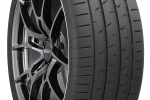 Toyo Tires Canada Introduces Toyo Proxes Sport 2 Max Performance Summer Tire
Toyo Tires Canada Introduces Toyo Proxes Sport 2 Max Performance Summer Tire
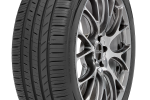 Toyo Tires New Proxes Sport A/S+ Ultra-High Performance All-Season Tire
Toyo Tires New Proxes Sport A/S+ Ultra-High Performance All-Season Tire
 From Ordinary to Extraordinary: Jaiden Zheng's Liberty Walked E92 M3
From Ordinary to Extraordinary: Jaiden Zheng's Liberty Walked E92 M3
 Porsche 718 Boxster and 718 Cayman EVs Expected This Year
Porsche 718 Boxster and 718 Cayman EVs Expected This Year
 Throwback: 5 Vehicles from PASMAG in 2011
Throwback: 5 Vehicles from PASMAG in 2011


